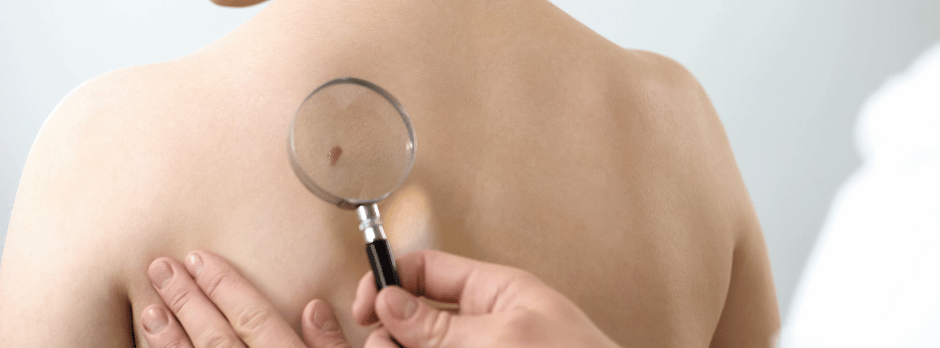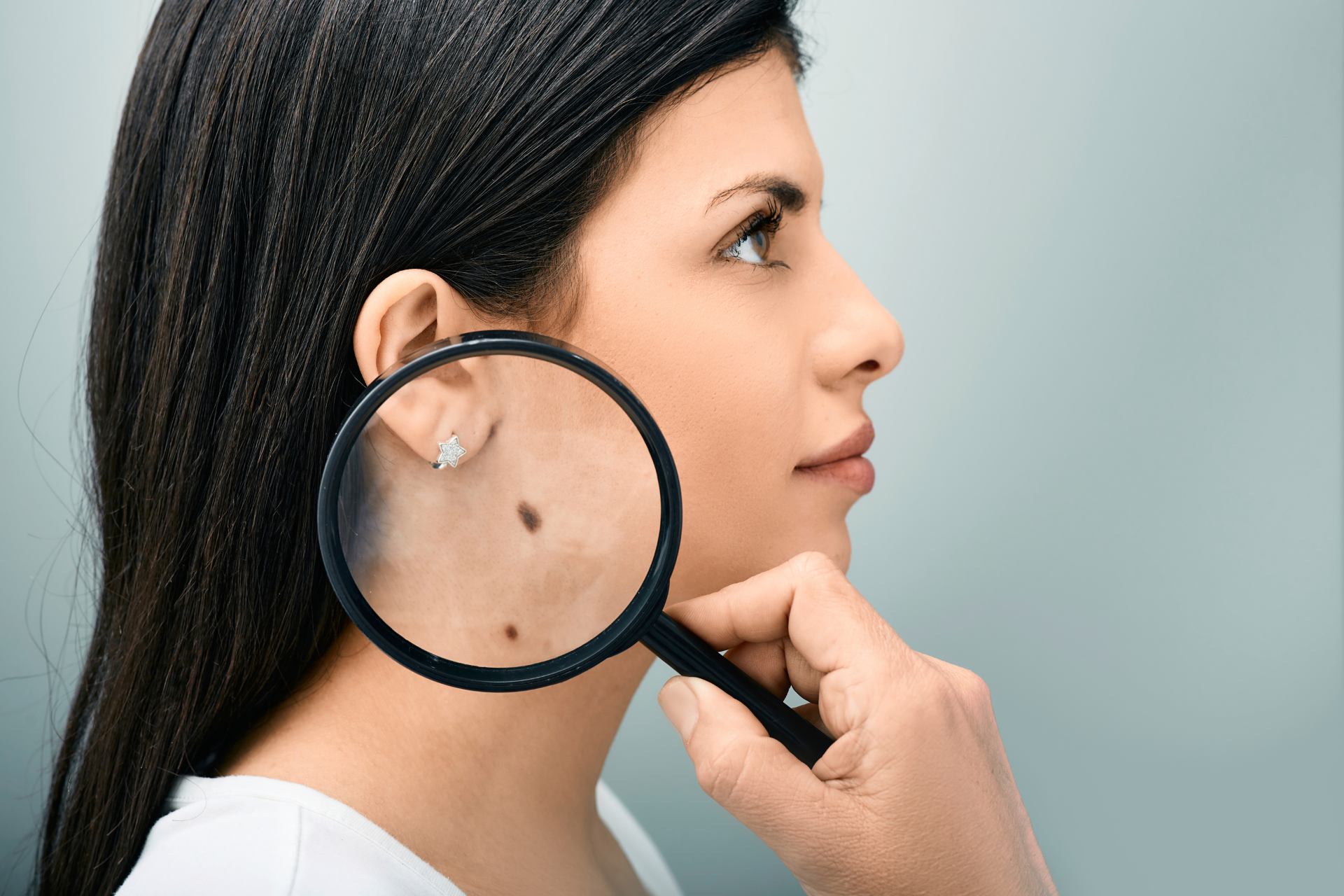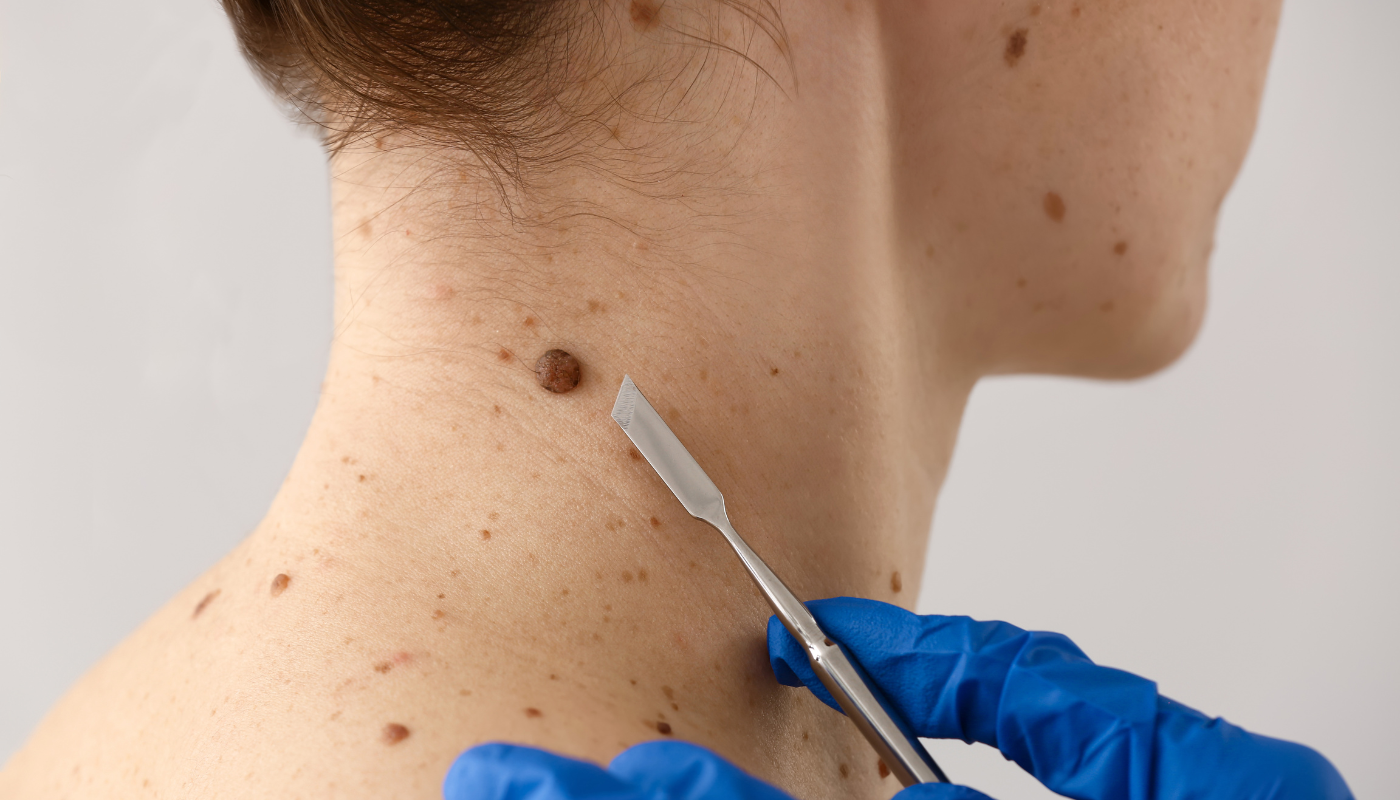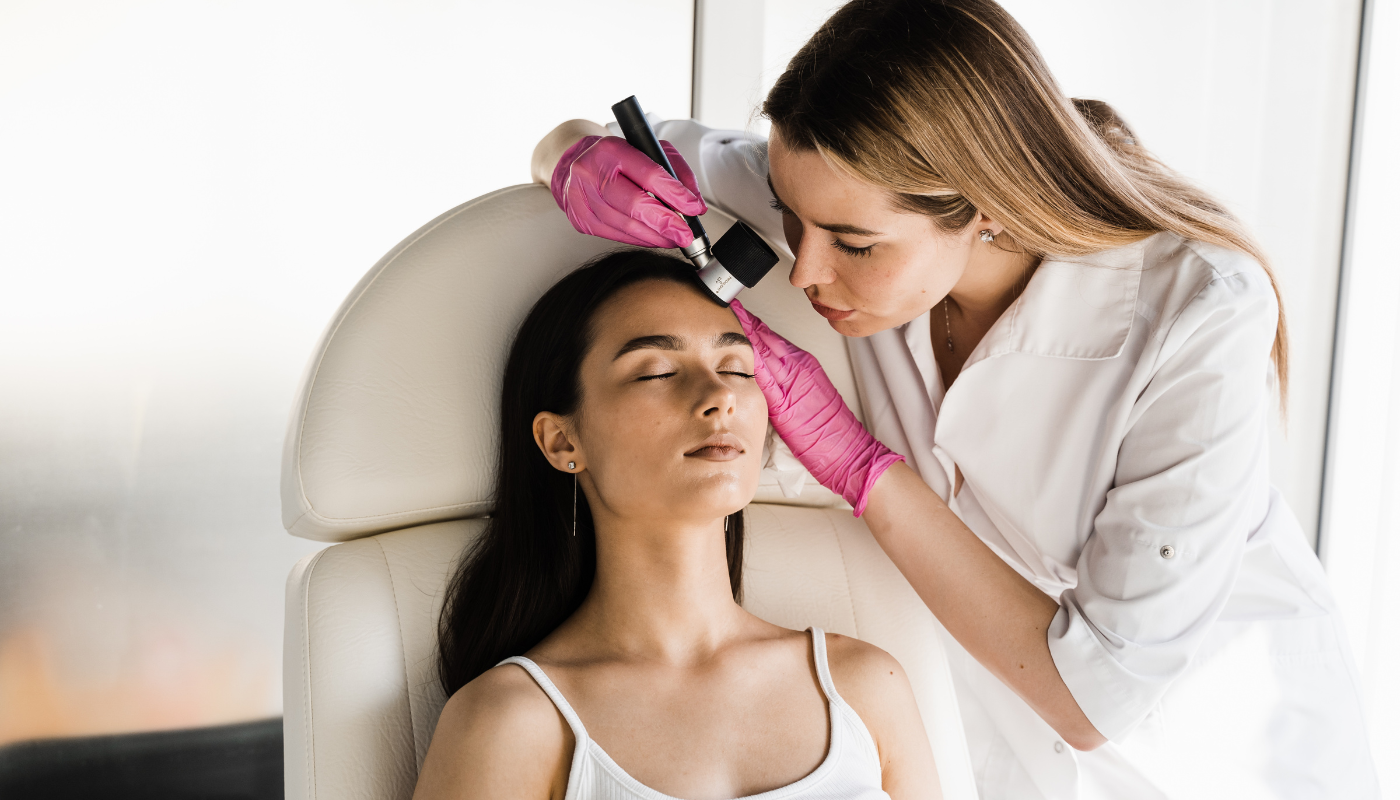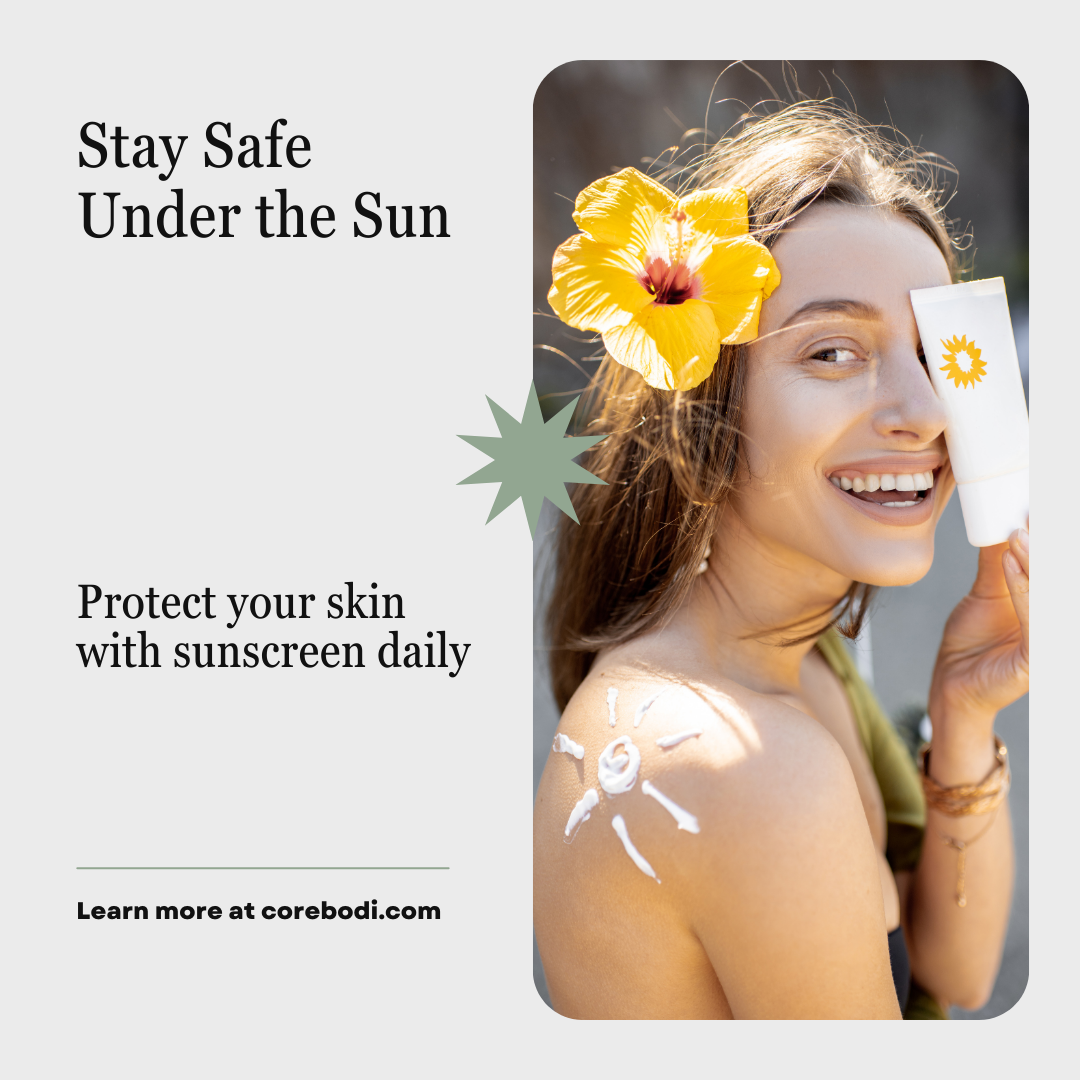Why it is Important to Choose Good Quality Sunglasses
Choosing Good Quality Sunglasses is Important! Why?
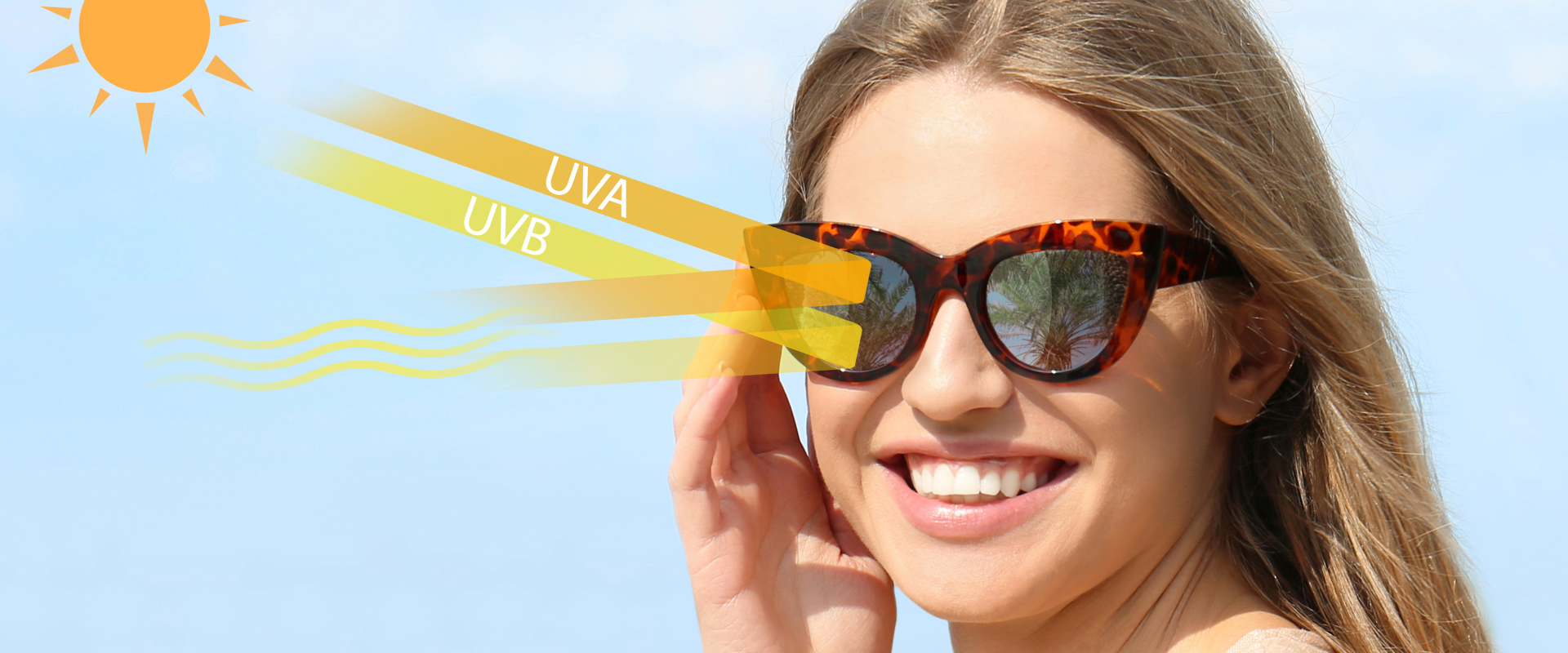
Sunglasses are a must-have accessory, not only for making a fashion statement but also for protecting our eyes from the harmful rays of the sun.
However, not all sunglasses are created equal.
The quality of sunglasses can vary greatly, and it's essential to choose a pair that not only looks great but also offers optimal protection for your eyes.
Here are some tips for selecting good quality sunglasses:
- Look for 100% UV protection: The most crucial feature of any sunglasses is their ability to protect your eyes from harmful UV rays. Look for sunglasses that offer 100% UV protection, as these will block out both UVA and UVB rays.
- Check the lens quality: The lens is the most critical component of sunglasses. It's important to choose a pair with high-quality lenses that are durable and scratch-resistant. Glass lenses offer the best clarity and scratch resistance, but they are heavy and can break easily. Polycarbonate lenses are a good choice as they are lightweight and impact-resistant.
- Consider the lens colour: Different lens colours provide different benefits. Gray lenses are a popular choice as they provide true colour perception and reduce brightness without distorting colours. Brown lenses are also a good choice as they enhance contrast and reduce glare. Green lenses provide good colour balance and reduce glare, making them a good choice for water sports.
- Look for polarized lenses: Polarized lenses are designed to reduce glare, making them an excellent choice for activities such as boating, fishing, and driving. They also provide better clarity and contrast.
- Check the frame quality: The frame is the second most important component of sunglasses. Look for frames that are durable, lightweight, and comfortable to wear. Titanium frames are an excellent choice as they are strong and lightweight. Plastic frames are also a good option as they are lightweight and affordable.
- Consider the fit: Sunglasses that don't fit well can cause discomfort and may not provide adequate protection. Look for sunglasses that fit snugly but comfortably. The frames should sit comfortably on your nose and ears without being too tight or too loose.
- Check for distortion: When trying on sunglasses, look for distortion around the edges of the lenses. If you notice any distortion, it could indicate poor lens quality.
When choosing sunglasses, it's important to prioritise the protection of your eyes.
Look for sunglasses that offer 100% UV protection, high-quality lenses, and a durable, comfortable frame.
By following these tips, you'll be able to find a pair of sunglasses that not only looks great but also provides optimal protection for your eyes.
More Skin Tips.
CoreBodi


